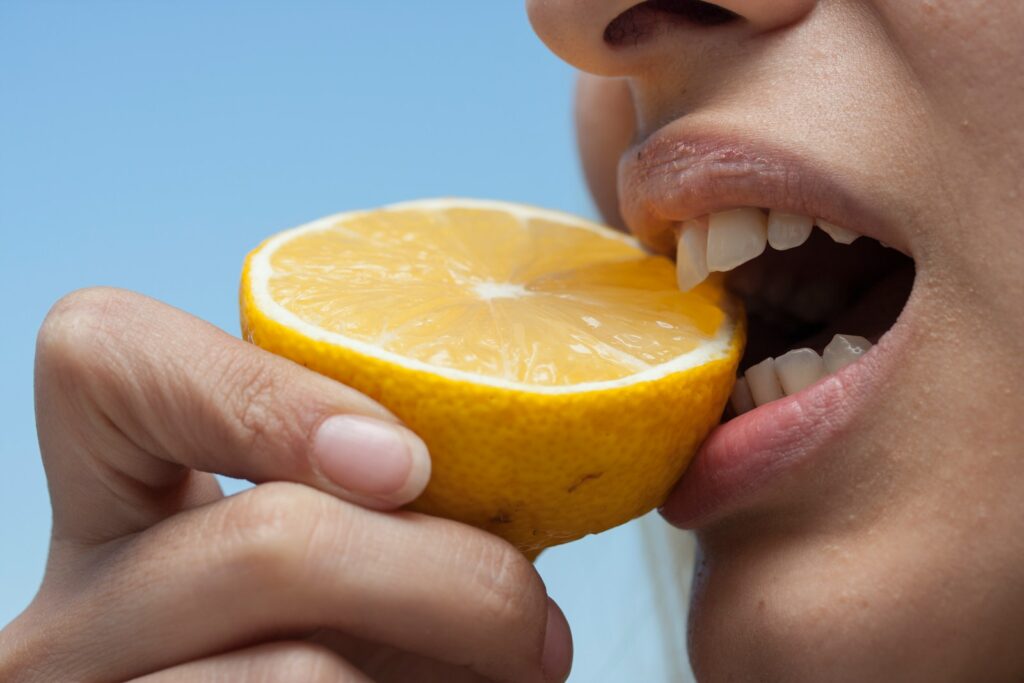Every time you sip that morning orange juice or enjoy a refreshing soda, your teeth face an invisible battle against acid. While these beverages and foods provide pleasure and nutrition, they can also pose significant threats to your dental health if consumed without proper precautions.
Understanding the relationship between acidic substances and tooth enamel is crucial for maintaining a healthy smile throughout your lifetime. The good news is that with the right knowledge and protective strategies, you can continue enjoying your favorite acidic treats while keeping your teeth strong and resilient.
Understanding Acid Erosion and Your Teeth
Tooth enamel, the hard outer layer protecting your teeth, is primarily composed of minerals that can dissolve when exposed to acid. When you consume acidic foods or drinks, the pH level in your mouth drops below the critical threshold of 5.5, creating an environment where enamel begins to soften and weaken.
This process, known as demineralization, occurs almost immediately after acid exposure. During this vulnerable period, your teeth become susceptible to erosion, cavities, and permanent damage. The repeated cycle of acid attacks throughout the day can gradually wear away enamel, leading to sensitivity, discoloration, and structural compromise.
“Unlike other parts of your body, tooth enamel cannot regenerate once it’s lost. This makes prevention absolutely essential rather than attempting to repair damage after it occurs,” says Smiles for Miles Dentistry, a renowned dentist in Waukesha.
Understanding this irreversible nature emphasizes why protective measures are so important for long-term oral health.
Common Acidic Culprits in Your Diet
Citrus fruits and juices top the list of highly acidic foods, with lemons, limes, oranges, and grapefruits having pH levels between 2.0 and 4.0. While these fruits provide valuable vitamin C and antioxidants, their high acidity can quickly soften tooth enamel upon contact.
Soft drinks and energy drinks are among the most damaging beverages for teeth, combining high acid content with sugar that feeds harmful bacteria. Even diet sodas without sugar maintain their acidic nature, making them equally problematic for enamel erosion despite their reduced caloric content.
Wine, both red and white varieties, presents a double threat with natural acids from grapes and additional acids produced during fermentation. Coffee, tea, and sports drinks also contribute to daily acid exposure, often consumed multiple times throughout the day, creating repeated opportunities for enamel damage.
Timing Matters: Strategic Consumption Techniques
The timing of when you consume acidic foods and drinks significantly impacts their potential for damage. Consuming multiple acidic items within a short timeframe is less harmful than spacing them throughout the day, as it limits the total duration of acid exposure.
Consider enjoying acidic foods as part of larger meals rather than as standalone snacks. The increased saliva production during meals helps neutralize acids more quickly, while other foods can help buffer the acidic effects and provide some protective coating for your teeth.
Drinking acidic beverages quickly rather than sipping slowly over extended periods reduces the contact time between acid and enamel. Using a straw positioned toward the back of your mouth can help bypass your teeth entirely, though this technique works best with cold beverages.
Protective Strategies Before and During Consumption
Rinsing your mouth with water before consuming acidic foods or drinks can help dilute the acids and provide some initial protection. This simple step takes only seconds but can significantly reduce the concentration of acids that come into contact with your enamel.
Pairing acidic foods with calcium-rich options like cheese, milk, or yogurt can help neutralize acids naturally. The calcium and phosphates in dairy products provide minerals that can help counteract acid effects while the proteins create a protective film over teeth.
Chewing sugar-free gum before and after acidic consumption stimulates saliva production, which serves as your mouth’s natural defense system. Increased saliva flow helps wash away acids, provides buffering minerals, and begins the remineralization process more quickly than relying on natural saliva production alone.
Post-Consumption Protection Protocols
The most critical period for protecting your teeth occurs immediately after consuming acidic substances. However, brushing right away can actually cause more harm than good, as the softened enamel is vulnerable to abrasion from toothbrush bristles during the first 30 to 60 minutes after acid exposure.
Instead of brushing immediately, rinse your mouth thoroughly with plain water to help dilute and wash away remaining acids. This simple action can significantly reduce the duration of acid contact with your teeth while beginning the neutralization process that your saliva will continue.
Wait at least one hour after consuming acidic foods or drinks before brushing your teeth. During this waiting period, your saliva works to neutralize acids and begin remineralizing softened enamel, making it safer to brush without causing additional damage to vulnerable tooth surfaces.
Long-term Protective Measures
Using fluoride toothpaste helps strengthen tooth enamel and makes it more resistant to acid attacks. Fluoride works by promoting remineralization and creating fluorapatite, which is more acid-resistant than the natural hydroxyapatite found in teeth, providing ongoing protection between brushing sessions.
Regular dental checkups allow your dentist to monitor early signs of acid erosion and recommend additional protective measures if needed. Professional fluoride treatments and prescription-strength toothpastes may be recommended for individuals with high acid exposure or existing enamel damage.
Consider discussing dental sealants with your dentist, especially for back teeth that are harder to clean thoroughly. While sealants are commonly associated with children, adults who frequently consume acidic substances can benefit from this additional layer of protection over vulnerable tooth surfaces.
Maintaining excellent overall oral hygiene supports your teeth’s natural ability to resist acid damage. Regular brushing with fluoride toothpaste, daily flossing, and using an antibacterial mouthwash create an environment that promotes remineralization while reducing harmful bacteria that produce additional acids.
Conclusion
Protecting your teeth from acidic foods and drinks doesn’t require eliminating everything you enjoy from your diet. Instead, it involves making informed choices about timing, consumption methods, and protective strategies that allow you to maintain both your dietary preferences and dental health.
The key lies in understanding that your teeth need time to recover between acid exposures and providing them with the tools they need for natural repair processes. By implementing these protective strategies consistently, you can continue enjoying acidic foods and beverages while preserving your smile for years to come.



